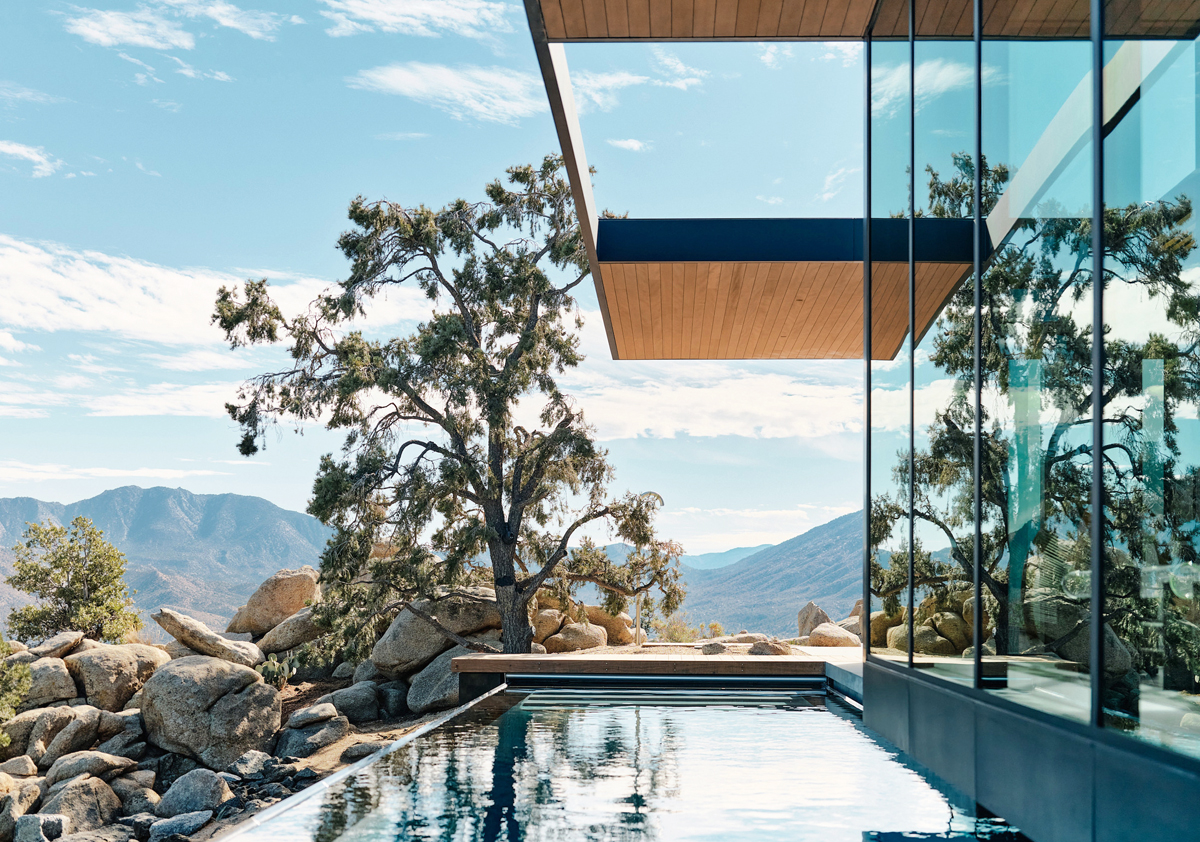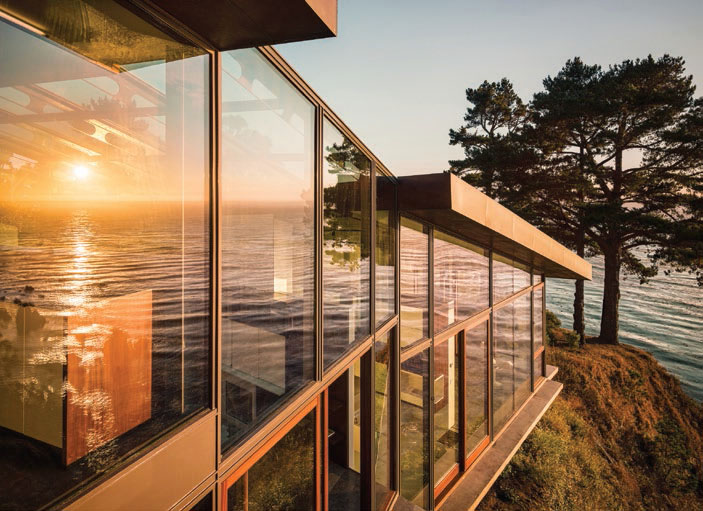Telling Tales
 |
Darren Bradley was a man on a mission—a mission that was failing.
All around him in San Diego, at the close of the 1990s, fabulous mid-century modern restaurants, shops, and more were being torn down.
"They were often buildings people don't notice or care about. I wanted people to stop and notice buildings they might have driven or walked by without a second look," he says.
"So I got a digital point-and-shoot camera, and I started recording them, focusing on buildings that were about to be torn down." He hadn't used a camera in years.
He showed his photos to people, hoping to stir the same outrage he was feeling, maybe save a few buildings in the process.
"Nobody cared, for the most part, because they were terrible photos. 'That's a strip mall. Why do you care?' Nobody could see it. Nobody cared."
"I was doing a poor job capturing these buildings. So I began looking at the classic architectural photographers," he says. "The photos didn't look anything like mine. People did appreciate these buildings, when they were photographed by Shulman," Bradley says, referring to the mid-century architectural photographer Julius Shulman.
 |
|
|
 |
By 2000 Bradley's mindset had become 'bye-bye point and shoot,' and hello to the path ahead as professional architectural photographer.
The profession of architectural photography, which got its start in the early 20th century, has changed quite a bit in recent years. For starters, Shulman and his peers shot with film, and often with large, cumbersome cameras and lights.
"Shooting with film, to shoot a house, it would probably take three or four days," says Bradley, who is 48. "You had to set up lights for every shot. To balance the light between the indoors and outdoors took a long time. Now, with digital cameras, the dynamic range—what you see from light to dark—is so good that, with just a few shots, you can cover everything. You can do a lot of editing and post-processing in the computer."
Markets have changed too, with architects publishing more photographs on websites than in magazines, though hard-copy magazines and architectural books remain important.
 |
|
|
But in essence nothing has changed. Architectural photographers have to tell a story in a way that is so compelling that it will…well, convince people that a building is worth saving, for one. Or worth visiting—or buying. Or that the architect behind the building is worth watching.
A good photo can make clear that a building has a place in history, and it can help define what that place is.
Los Angeles photographer Elizabeth Daniels describes her job as "deciphering" an architect's language and presenting it in a way viewers can see and feel.
"The architects are almost like talking through their work. You can see what they were thinking," she says.




